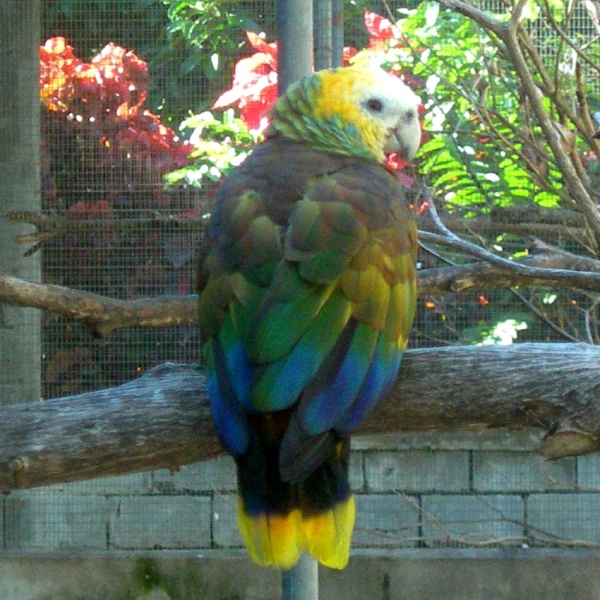Facts About Saint Vincent amazon
The Saint Vincent amazon, also known as the Saint Vincent parrot, is a stunning, multi-colored bird endemic to the Caribbean island of Saint Vincent in the Lesser Antilles. This large parrot, measuring about 40 cm in length, captivates with its vibrant mix of yellowish-white, blue, and green on its head, greenish-bronze upperparts, and violet-blue-green wings. Its diet primarily consists of fruits, nuts, flowers, and seeds. Typically, the female lays one to two eggs.
Efforts to conserve this magnificent bird are underway at the Nicholas Wildlife Aviary Complex, located within the Botanic Gardens of Saint Vincent. Despite these efforts, the Saint Vincent parrot faces numerous threats. Hunting, trapping for the pet trade, and habitat loss due to deforestation from forestry activities, banana farming, and natural disasters such as hurricanes and volcanic eruptions all pose significant risks. Furthermore, the introduction of the nine-banded armadillo has exacerbated habitat destruction, as these animals cause trees to fall.
A proposed cross-country road project funded by the Taiwanese government could exacerbate the situation, leading to increased habitat loss and deforestation. The genetic isolation of different parrot sub-populations is another concern, as it affects their long-term survival.
The small captive population at the Graeme Hall Sanctuary in Barbados is also vulnerable, facing threats from poaching, raids, and insufficient government support for relocation efforts.
Due to these various threats, the Saint Vincent parrot is classified as Vulnerable on the IUCN Red List of Threatened Species. It is also listed on Appendix I and II of CITES, underscoring the urgent need for continued conservation efforts to protect this beautiful bird.
